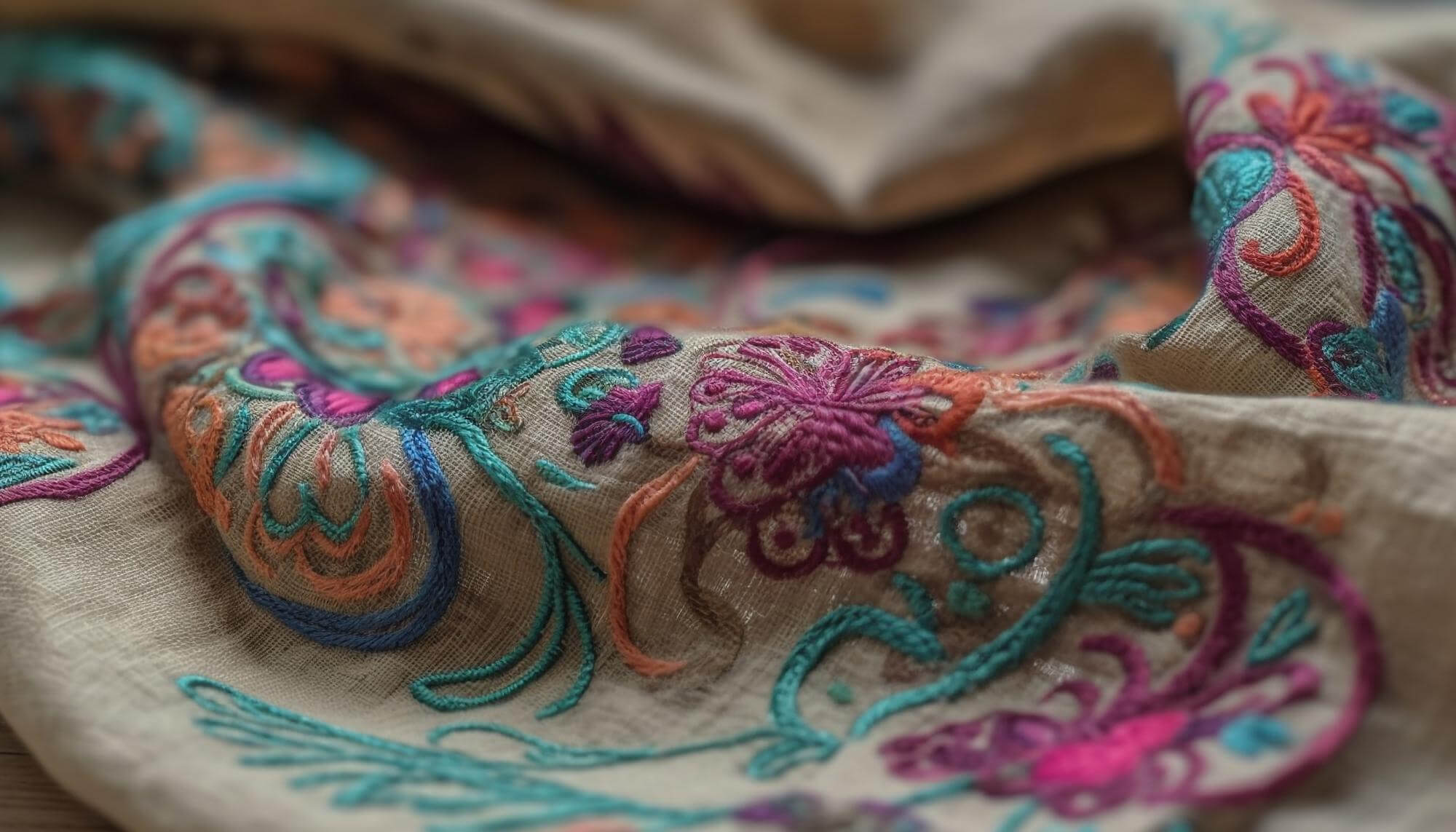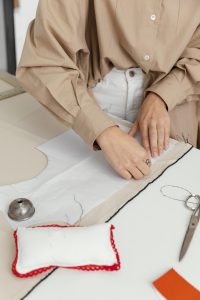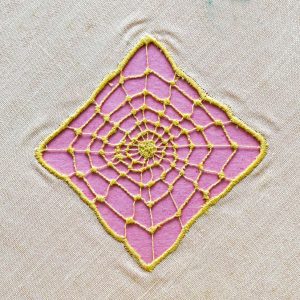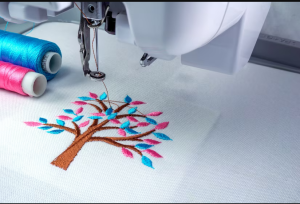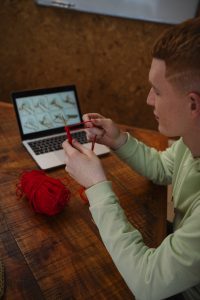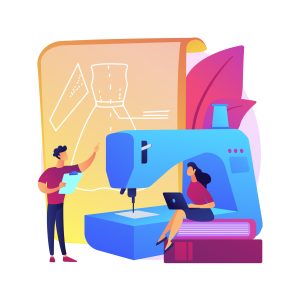Step-by-Step: How to Place an Order with Us (From Artwork Submission to Final File)
Why Should You Understand the Order Process for Embroidery Digitizing Services?A smooth order process helps you get error-free digitized files for embroidery with faster turnaround and lower cost.
Whether you’re ordering patch services, left chest digitizing, or a full jacket back, knowing the steps keeps your project on track.
At Quality...
read more

